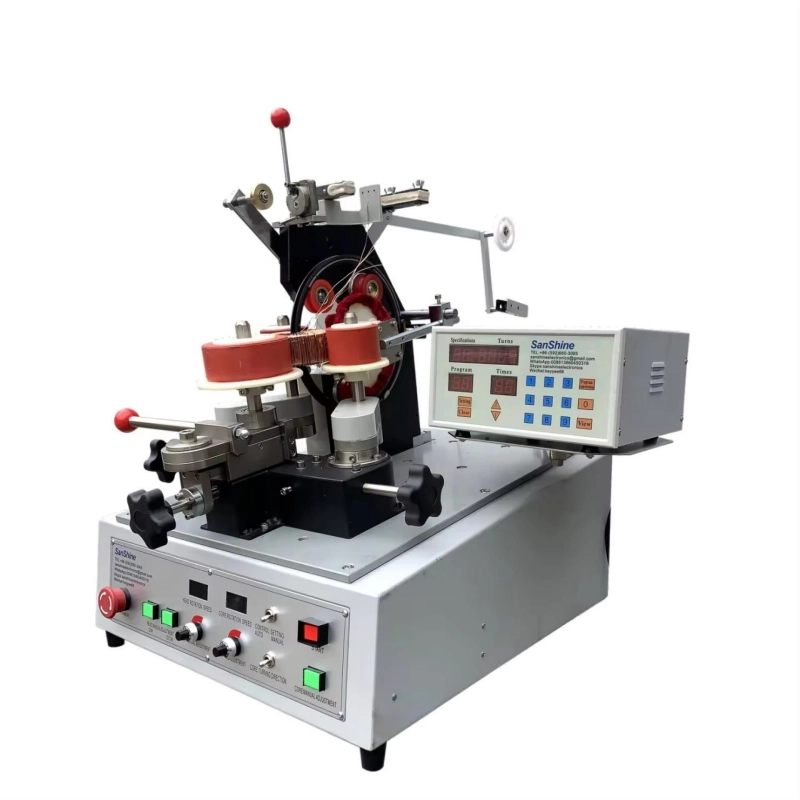A power tower is more than just a tall metal frame. It helps carry electricity from power plants to homes, factories, and cities. These towers hold up high-voltage wires that move large amounts of power across long distances. In systems that carry a lot of power, it’s important to manage how that power moves. Power towers help balance this load, stop overloads, and keep the grid working without problems. They also allow energy to travel from one region to another with minimal delay, playing a major role in nationwide and cross-border power sharing systems. With their strong design and precise spacing, these towers help ensure safe and efficient power delivery even under heavy demand.
Keeping Power Flow Steady
Power systems must send out the same amount of electricity people are using. Power towers help with this by holding wires at the right height and distance. This setup keeps the power steady and avoids power drops. It also helps prevent wire damage when a lot of power is moving through them.
This spacing avoids unplanned shutdowns and keeps the flow constant through changes in usage. The towers help prevent interference between wires and reduce the risk of short circuits. In large cities, even a few seconds of downtime can affect thousands of users. That’s why steady flow is key—and the tower design supports it.
Cutting Down Power Loss During Transmission
Power can be lost while moving over long wires. This often happens because of resistance, which creates heat. Power towers help reduce this loss by carrying wires that use higher voltage. High voltage means less current is needed, which leads to less heat and fewer losses. With strong towers and proper wire spacing, energy gets delivered with less waste.
Over time, these lower losses help save money and improve the system’s total output. Utilities can serve more users with the same power supply. In high-demand networks, this difference adds up quickly and plays a part in meeting energy delivery goals.
Managing High Demand Without Problems
Sometimes, more power is used—like during peak hours or when machines start running. These sudden changes can cause problems if the system isn't ready. Power towers keep wires in place even under pressure. This setup helps avoid sagging or shorting. When used with the right transformers, towers help keep everything working, even during demand spikes.
Load shifts happen often in industrial zones, and tower structures ensure the system keeps up. A reliable load-handling setup is key to avoiding faults or blackouts. Good tower support lets operators control the load more accurately and react faster.
Linking Power Plants to Cities and Towns
Electricity is often made far from where people live. Power towers help carry that power over long distances. They create a path that connects the power source to users. This link keeps power levels stable and ensures people get the electricity they need. Towers also help shift power quickly to areas where it’s needed most.
This is especially useful during system failures or overloads in one zone. Power can be sent from a healthy part of the grid to a stressed area. With this kind of setup, tower networks become key parts of large-scale grid balancing systems.
Making Maintenance and Safety Easier
Power towers are built to be safe. They keep wires high enough off the ground to avoid contact with trees, people, or buildings. This lowers the chance of accidents. The structure also makes it easier for crews to inspect or repair the lines. This means quicker fixes and better service.
Crews can also plan work with fewer risks, and there is less need to turn off power to fix things. That helps users stay connected and lets utilities avoid long delays.
Built to Match Local Needs
Different places use power in different ways. Cities may need more power, while small towns need less. Power towers can be built to handle each case. Heavier towers can support more wires in busy areas. Lighter towers can span longer distances in quiet zones. This helps give each place the right amount of power without wasting resources.
Custom tower setups allow engineers to meet needs without overbuilding. That balance keeps costs low and performance high.
Helping Transformers Work Better
Transformers are used to change voltage levels in the grid. Power towers support the lines that connect to these transformers. A stable tower setup makes it easier for transformers to do their job. It keeps voltage stable, lowers heat, and helps the equipment last longer.
Good support at every stage also helps the power transformer unit function with fewer service interruptions.
Final Summary:
Power towers play a key role in moving and managing power. They carry heavy loads, reduce losses, and support the entire grid. With the right power transformer range, these towers help make sure energy is sent out safely and without delay. They also give the system room to grow and meet future demand. Looking to improve grid strength and load handling? Choose trusted experts who design and deliver reliable power systems. Contact a team that understands power tower design and transformer support to build smarter energy networks.



